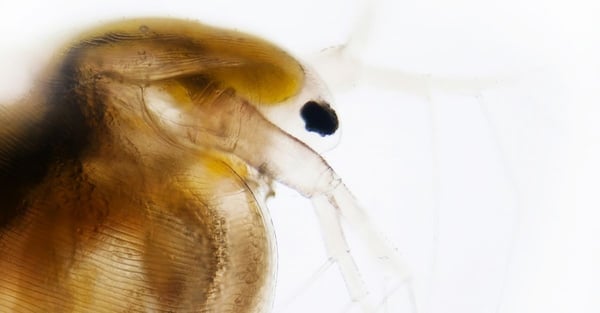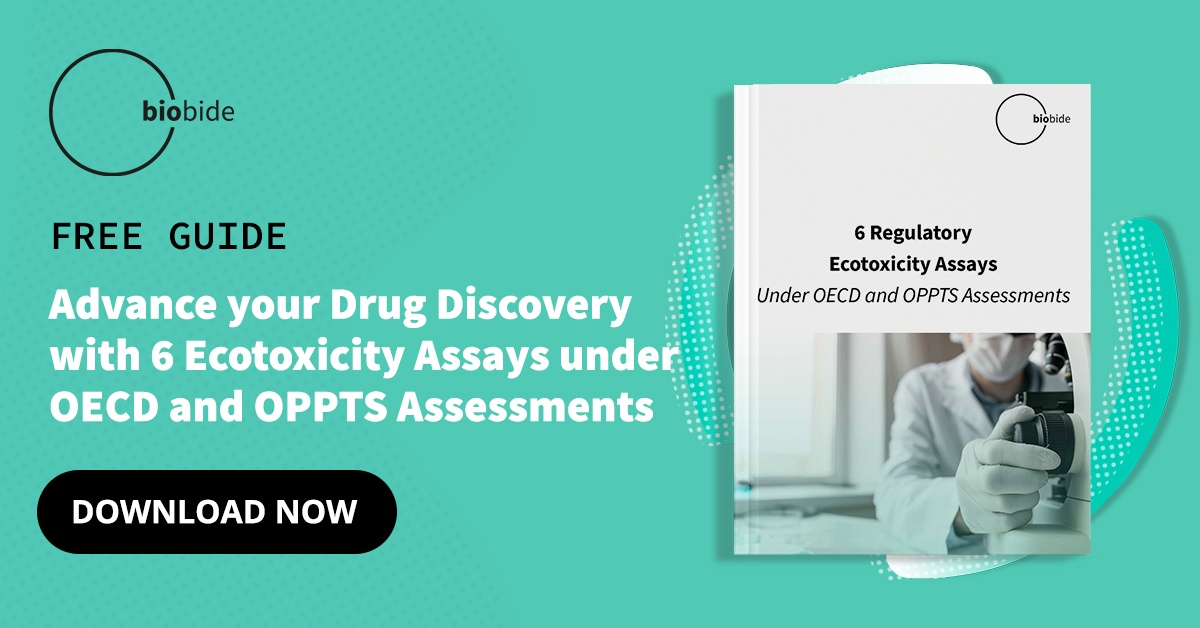The field of ecotoxicology has advanced rapidly over the last 50 years and refers to the study of the effects toxic chemicals and other pollutants have on human health and the environment. Many man-made substances, such as pesticides and chemical products, contain substances that can interact with organisms in the environment, damaging the planet’s ecosystem and causing environmental pollution. Toxins also exist in natural compounds, such as lead and arsenic, which can be highly dangerous to human health. To assess the safety and/or harmful effects of these chemicals during Drug Discovery, several ecotoxicity testing methods exist.

Why Are Ecotoxicity Testing Methods Necessary?
The development and implementation of ecotoxicity testing methods allow the evaluation of the impact of the toxicity that certain chemicals have on fish, animals, mammals, water, plants and soil. These methods assess the effect of the survival, reproduction, growth and performance of these organisms after exposure to chemicals.
Before any new chemical product can be approved and registered it must pass a series of strict regulations and standards.
The tests can determine:
- how toxic a substance is and the level of risk it produces for the environment
- the level of damage a substance may cause
- the effects of a contaminant
- levels of toxicity at a particular site after toxicity reduction (e.g. reducing the levels of toxicity of a contaminated water or soil site)
The OECD (Organization for Economic Co-operation and Development) is a worldwide organization that works to implement collaborative and equal standards on policies such as chemical safety, the environment and public health. It currently has 38 member countries all striving to achieve the same goals.
With regard to ecotoxicity, the OECD has defined a set of specific guidelines that set out the requirements for toxicity tests. This ensures a balanced and regulated approach to ecotoxicity testing methods.
The Need for Ecotoxicity Models
Whilst in the past animal and fish models have been used to test the effect contaminants have on humans and the ecosystem, today alternative assays are commonly used to comply with the 3Rs policy, avoiding testing on animals.
This principle of Reducing, Refining, and Replacing encourages the reduction of unnecessary animal testing and the development of alternatives. Testing on animals is an ethical concern and the use of alternative ecotoxicity testing methods provides another option.
The use of alternative ecotoxicity models is also a more cost-effective approach than using animals. The use of Zebrafish larvae, for example, is a low-cost and time-saving method, reducing the need for large numbers of animals and expensive husbandry.
What Are the Most Common Ecotoxicity Testing Methods?
Ecotoxicity testing has strongly advanced in the last few years and is a favored choice for many laboratories in order to comply with ethical and regulatory guidelines.
The most common ecotoxicity assays developed by Biobide are:
- Daphnia – a tiny planktonic freshwater crustacean that is easy and fast to culture. Because they are transparent their internal organs can be observed without intervention. The young can be used to test chemicals at only 24-hours old which makes them a cost-effective choice for toxicity testing.
- Zebrafish – an economical and multiple, fast-breeding model that can be used for testing up to 6 hours after fertilization to determine chemical effects on the environment and fish (and can also be used for human drug testing). The use of the Zebrafish under 6 days post-fertilization reduces the need for testing on whole fish, thus complying with the 3Rs framework. The Zebrafish is also transparent and therefore has the same visual advantages for study as Daphnia magna.
- Algae – another alternative to animal testing, freshwater algae are a suitable model for ecotoxicity testing methods. The OECD guidelines require a large volume of algae, making it unrealistic for the early discovery test phases. However, Biobide has designed a Miniaturized Alga Growth Assay that requires smaller volumes.
In order to protect environmental and human health, the testing of chemicals that can potentially enter and destroy the ecosystem is essential. This leads to a need to utilize alternative ecotoxicity testing methods where possible to comply with the 3Rs. These methods also offer global industry and manufacturers the opportunity to implement environmentally friendly product development policies, which are a high-profile feature of today’s world.




